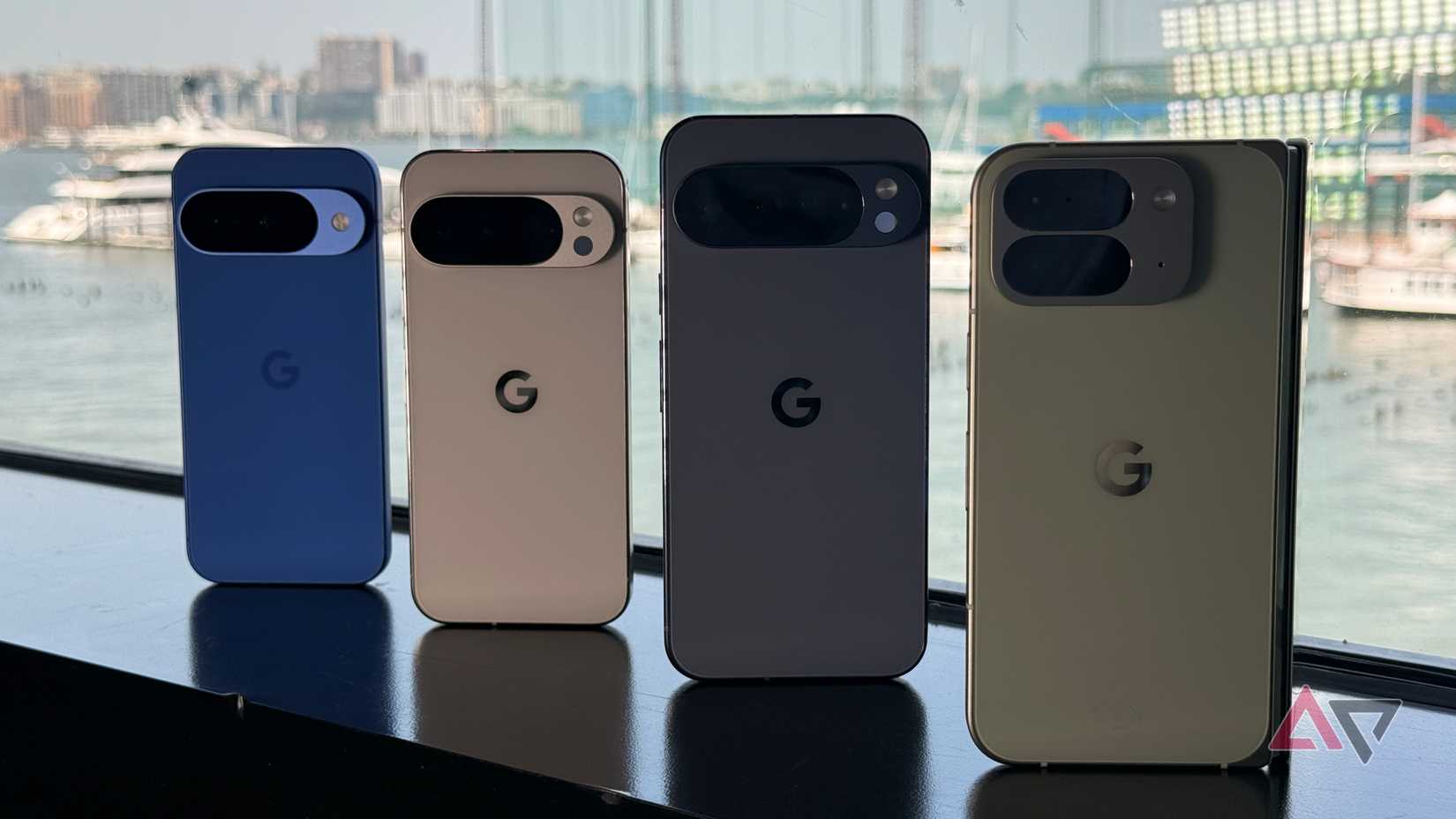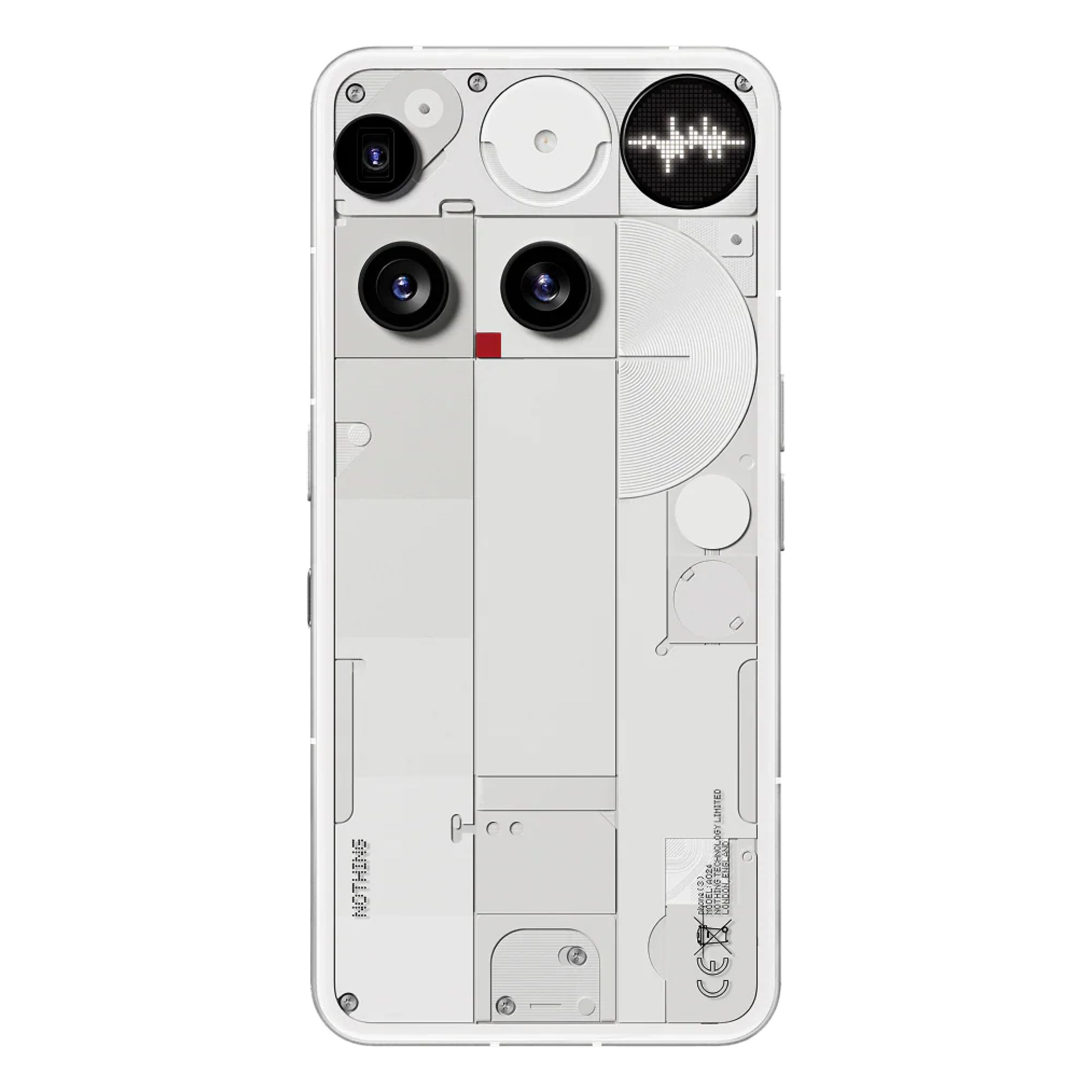When it comes to buying flagship Android smartphones in the US, we don’t have as many options as the rest of the world. We get a few choices from Samsung, Google, OnePlus, and a couple of others, but there’s clearly a need for more competition in the States.
So when Nothing announced last year that it was skipping the launch of the Phone 3 in 2024 to take its time building a “true flagship,” I was excited. Nothing has had a fresh take on smartphones ever since it unveiled the Phone 1 in 2022, and I was genuinely curious about what the company was working on.
On July 1, 2025, the company finally took the wraps off the Nothing Phone 3, and while I haven’t spent any hands-on time with the device yet, just going off early press coverage, I’m not impressed.
The design is bold, but I just can’t get behind it
Some might find it fresh, but it’s just not my taste
Right off the bat, as with every Nothing device, the main talking point of the Nothing Phone 3 is its design. Nothing has stuck to its transparent design language for every product it has released so far, and that hasn’t changed with the Phone 3 — only now, the design has gotten much bolder.
While the company used a “normal-looking” camera module for the Phone 1 and Phone 2, Nothing has gone all out this time. You get a pretty asymmetric camera layout on the Phone 3, with sensors not aligned in any particular order. The fact that the two camera sensors on the top left — which could have just been aligned but aren’t — has me absolutely puzzled.
The company has also made a major change to the Glyph Interface. The Glyph Interface seen on previous Nothing phones is gone in favor of a Glyph Matrix, which is essentially a small dot-matrix-style LED display on the back. You can view notifications and even play games with this dot-matrix, which I think is a fun addition and far better than the old Glyph setup.
Other typical Nothing design elements remain too. You can see the half-visible NFC coil, a few exposed screws, and the overall raw, industrial look on the Nothing Phone 3. But despite all this, the design has somewhat failed to impress me.
Yes, I haven’t used the phone yet, but based on the official renders and hands-on videos I’ve seen, the design feels a bit too bold for my taste. It seems good enough to spark conversation and might be fun short-term, but in the long run — I can’t believe I’m saying this — I’d prefer a simpler design, especially since I’m going to put a case on the phone anyway.
It’s missing a few things a ‘true flagship’ must have
Specs alone don’t make a flagship, but they still matter
Until now, Nothing targeted the price segment (more on the price below) that sat above the budget smartphone market but just below the likes of iPhones and Samsung Galaxy flagships.
But that has changed with the Nothing Phone 3, with the company touting it as its first “true flagship” smartphone. That, however, doesn’t really reflect when you go through the spec sheet and compare it to what other phones offer.
The Nothing Phone 3 is powered by the Snapdragon 8s Gen 4 processor, which isn’t Qualcomm’s latest flagship chip. Other phones like the OnePlus 13 and Samsung Galaxy S25 rely on the top-tier Snapdragon 8 Elite chipset, which is absent here. There are other notable omissions too, like the use of mid-range Gorilla Glass 7i and a USB-C 2.0 port, which makes me feel the price tag should’ve fetched better components.
For a true flagship, having the best hardware available is fundamental, but Nothing has missed that mark.
Yes, I know, specs aren’t everything, and the real use might make me eat my words. But if Nothing is aiming for the flagship market, at least bring the raw power to justify the price and say you’re ready to compete with the big players.
Right now, the Nothing Phone 3 feels like a device that could’ve — and should’ve — been more. Maybe more hands-on time will change that?
That price tag is hard to ignore
At this price point, I’d rather spend a little more elsewhere
And then there’s the price. Nothing has priced the Phone 3 at $799 in the US. In Europe, the Phone 3 starts at EUR 799, and in the UK, it is £799. In my location, India, the Nothing Phone 3 starts at ₹80,000 (~$940), and at this price, I’d rather invest my money in something already proven.
This is the same price as Samsung’s baseline flagship Galaxy S25 and the Google Pixel 9. At this price, I’d honestly rather spend a little more elsewhere — maybe on a Pixel, Galaxy, or OnePlus device that brings better hardware, longer software support, or at least a proven ecosystem. Sure, the Phone 3 brings a quirky design and bold identity, but if I’m dropping flagship-level money, I want more than just looks.
It’s not all bad, but the Nothing Phone 3 hasn’t won me over just yet
Look, the Nothing Phone 3 doesn’t look like a bad phone at all — far from it. A bold design is something people are looking for, especially in modern smartphones, when everything is starting to look the same.
Plus, there are some genuinely useful elements that might just be handy, like the new AI features in the Essential Space and the recorder LED on the back that tells the other person when the camera or mic is in use.
That said, the overall package seems like a tough sell at the moment. I haven’t used the Phone 3 yet, so I’ll reserve full judgment for when I do. But for now, the ball’s in Nothing’s court.
Nothing Phone 3
- SoC
-
Qualcomm Snapdragon 8s Gen 4
- Display type
-
OLED
- Display dimensions
-
6.67-inch
- Storage
-
256/512GB
- Battery
-
5,150 mAh
- Charge speed
-
65W wired
Nothing Phone (3) is the first “true flagship” from the London-based brand. It comes with a 6.67-inch OLED display, a Snapdragon 8s Gen 4 processor, triple 50MP rear cameras, and a 5500mAh battery. It retains Nothing’s transparent design language and comes with an upgraded Glyph Matrix.
- Ports
-
USB-C 2.0
- Dimensions
-
160.6 x 75.6 x 9 mm
- Weight
-
218 grams
- IP Rating
-
IP68







